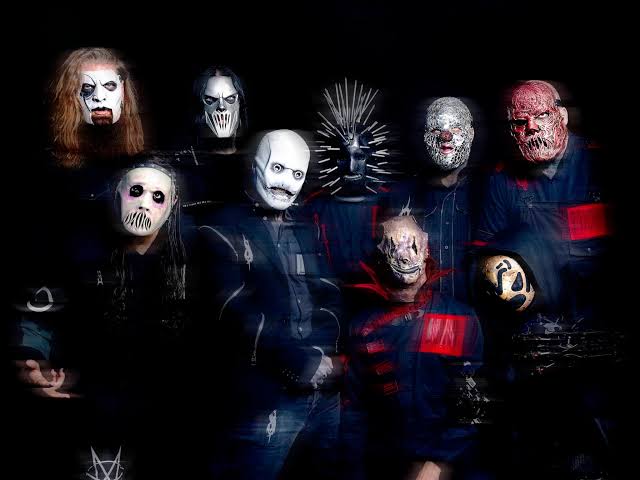Is Extreme Metal Still Extreme?
September 21, 2022
The umbrella term “extreme metal” has been in use for a long time, arguably since the early 80s. However, the definition of extreme has changed greatly over time and we are forced to ask, what is extreme? And moreover, can so-called “extreme metal” still be considered extreme today?
To understand extreme metal, we must first look at its history and meaning. The generally accepted definition of “extreme metal” is any metal music that transgresses societal boundaries. In the late ’70s and early ’80s, the new style of heavy metal was booming. What was started by Black Sabbath and Deep Purple was being taken to new heights by the New Wave of British Heavy Metal, or the NWOBHM movement. One of, if not the first examples of extreme metal came out of this movement, the band Venom. In 1981, Venom released their legendary debut album Welcome to Hell, and with it, they changed metal (and really music in general) forever. Everything about Welcome to Hell was transgressive for the time being. The music is loud and abrasive, the production is raw and unpolished, and the subject matter ranged everything from devil worship and murder, to drug abuse and sexual depravity. Even the cover art was extreme, which depicted a pentagram with the Goat of Mendes in the middle (also known as the Sigil of Baphomet, as made infamous by the Church of Satan). Another early example of extreme metal would be Mercyful Fate with their debut album Mellisa. Whilst Mercyful Fate was more inspired by classic heavy metal and 70s progressive rock, Melissa was extreme in terms of subject matter. The album’s overtly satanic and occult themes were extreme for its time. In fact, the song “Into the Coven” was included in the Parents Music Resource Center’s Filthy Fifteen objectionable songs list. From these humble beginnings, things just got more and more extreme. Bands like Venom and Mercyful Fate eventually gave way to bands like Metallica and Kreator for thrash metal. This gave way to death metal with bands like Death and Morbid Angel and black metal with bands like Darkthrone and Mayhem. The history’s been covered; now it’s time to ask, “is extreme metal still extreme?”.
The most controversial aspect of extreme metal is the content; when you get into the idea of “extreme” anything, that thing is almost always a product of its time. What is considered extreme usually has to be shocking within the period of time it was released. For example, let’s look at the second wave of black metal. When the second wave of black metal emerged from Norway, it attracted some level of mainstream attention. Not only was the satanic and death-obsessed imagery and content shocking, but so were the antics of the bands. The Norwegian black metal scene became notorious for its extreme anti-Christian ideologies; this led to a rash of church burnings carried out by those within the scene, most specifically, the band Mayhem’s “Black Metal Inner Circle”. An example of more prominent and semi-ongoing example would be the band Cannibal Corpse. Throughout the 90s and early 2000s, Cannibal Corpse released some of the most controversial material metal and music, in general, could only dream of producing. Cannibal Corpse’s music was banned in Germany, Russia, and Australia (albeit with the occasional 18+ restricted release) due to the incredibly graphic subject matter and content. However, these examples all took place in the early to mid-90s, how do they compare to today? Well, in a sense, all of these things that were controversial then could be considered normal now. To quote Malcolm Lewty of Hellbastard, “I’d switch on the TV and know I was going to see hundreds of people dying because there’d been an earthquake in the third world… and all these people starving while military expenditure still increased… that was – and still is – the reality of it”.
To conclude, extreme metal isn’t really extreme anymore. With the amount of violence that has become integrated into our society, it’s not extreme, it’s just life.






















